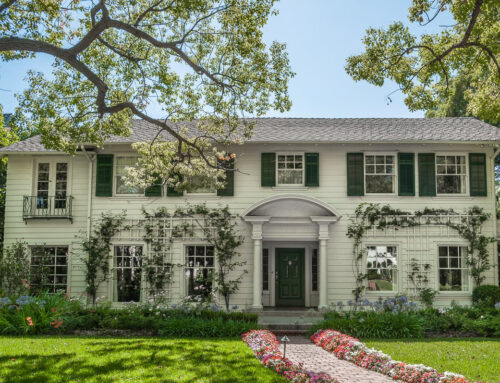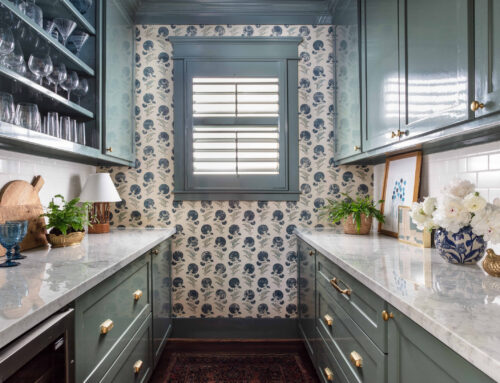First and foremost, I hope you and your family are well and adjusting to the new normal. However you are handling quarantine, I hope you understand there is a good chance you are making out as well or better than should be expected. While most days I manage the wife, parent, teacher, and Realtor roles well enough, other days I have to remind myself that it is not easy for anyone, and much worse for many others. We will get it through this – changed, no doubt, but hopefully for the better.
Many of my family, friends, neighbors, and clients want to know: What is going to happen to the real estate market?
The real answer is that we don’t really know yet. Much of the health of the economy and housing market will depend on how long this health crisis goes on, and when the economy will resume normal activity. Let me highlight a few things about the current housing economy…

Before the COVID-19 crisis, we were in a significant housing crunch. According to the National Association of Realtors (NAR), we were and still are generationally low on inventory. In 2005, builders started roughly 2 million homes per year. In 2019, builders started 1 million homes. That is fifty percent less! Housing starts are clearly the big driver for supply of homes, hence part of our inventory problem. Over 7 million homes closed in 2005, compared to 5.3 million closings in 2019; a decline of twenty-five percent. This problem is further compounded by the United States adding over 13.7 million households to the economy from 2005-2019.
I was selling real estate during The Great Recession of 2007-2009. This recession was a direct result of an oversupply of housing and a financial collapse due, in large part, to sub-prime lending. What we are experiencing right now is not a housing crisis, it is a health crisis. Today we have many sellers rich in equity, a lack of housing supply, low builder home starts, small foreclosure rates and borrowers with extremely high credit.
The fundamentals of supply and demand in real estate don’t change overnight. In fact, housing lags about six months behind. Unless the GDP declines for two consecutive quarters, housing should stay flat. Of course, we are going to have some low activity over the next couple of months. Assuming the economy returns to normal this summer, I believe we could see a surge in housing. Sellers who are either unable to sell right now, or are waiting until the Stay-at-Home order is lifted, will flood the market. Buyers will have pent up demand and interest rates are still at a record low.
What is hard to quantify is the potential flight to single-family homes from the massive millennial apartment population. I do not think it is farfetched to assume that many people currently living in 300+ unit multifamily buildings are wishing that they had a little more elbow room at the moment. Many of these millennials could foreseeably accelerate their desire for a single-family home due to this health scare.
Currently in Mecklenburg County, Realtors are NOT allowed to physically show Active MLS listings. Many parts of the country are dealing with the same issue. While we are currently on pause, I find it hard to believe that the demand will evaporate when this moratorium is lifted. We will not see a significant supply of homes coming to the market unless builders ramp up their production, which is unlikely. With demand continuing to outpace supply and historically low rates, there should not be a significant price contraction. Housing is stable and should continue to be stable. Real estate fundamentals are solid and things should play out well over the long haul.
And, as most of you local Charlotteans know, we are one of the Top 5 fastest growing cities in the country, which means we should weather this well.
Don’t hesitate to call me or reach out if you have questions or concerns during this challenging time for us all.
Stay safe & stay healthy!
– Genevieve
Charlotte Skyline Photo by The 5 and 2 Project.






